Art, in its many forms, isn’t just about aesthetics. It’s also about functionality. This is especially true when it comes to contoh karya seni rupa sebagai kebutuhan akan benda pakai ya, or the use of art as a necessity for usable items.
In this digital age, the intersection of art and utility has become more prominent. Designers and artists are constantly pushing boundaries, transforming everyday objects into works of art. They’re not just creating for the sake of beauty, but also for practicality.
From furniture to fashion, art’s influence is undeniable. This article on contoh karya seni rupa sebagai kebutuhan akan benda pakai yaitu will delve into the fascinating world of functional art, providing examples and insights into how art is used in everyday items. So, let’s embark on this journey to explore the beauty and practicality of art in our daily lives.
Contoh karya seni rupa sebagai kebutuhan akan benda pakai yaitu
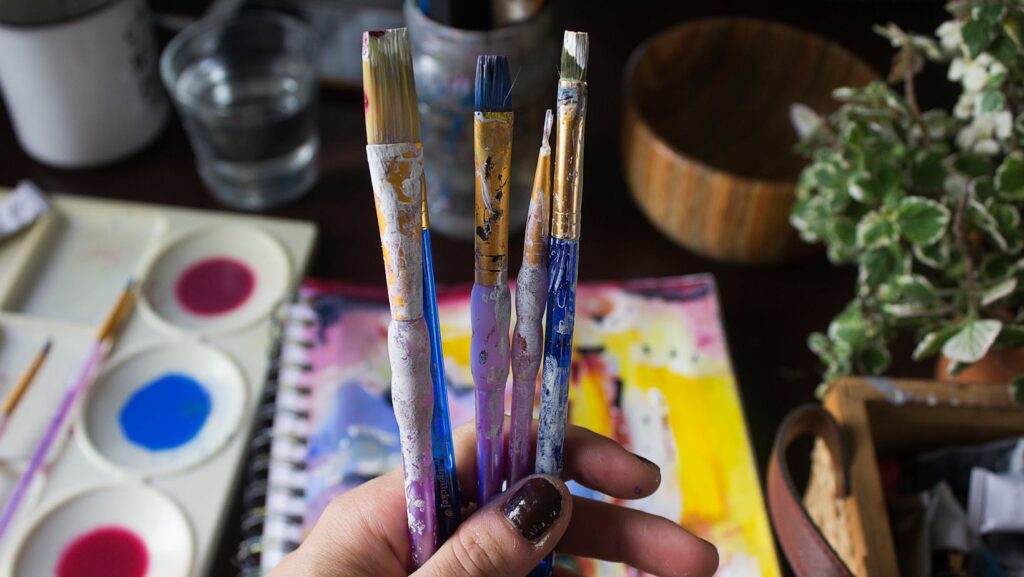
In today’s world, art isn’t confined to museums or galleries. It’s directly influencing numerous industries, including the realm of daily life. That is where contoh karya seni rupa sebagai kebutuhan akan benda pakai yaitu comes in. More and more designers are creating beautiful objects of daily use, transforming them into unique works of art. They are expanding the boundaries of functional art across various fields.
In the realm of furniture design, an entire school of thought exists that embraces art as a vital part of everyday items. Take, for example, the Barcelona Chair by Ludwig Mies van der Rohe. Its sleek and minimalist design combined with top-notch functionality makes it more than just a chair—it’s considered a piece of art.
The Fashion World’s Art-Inspired Pieces
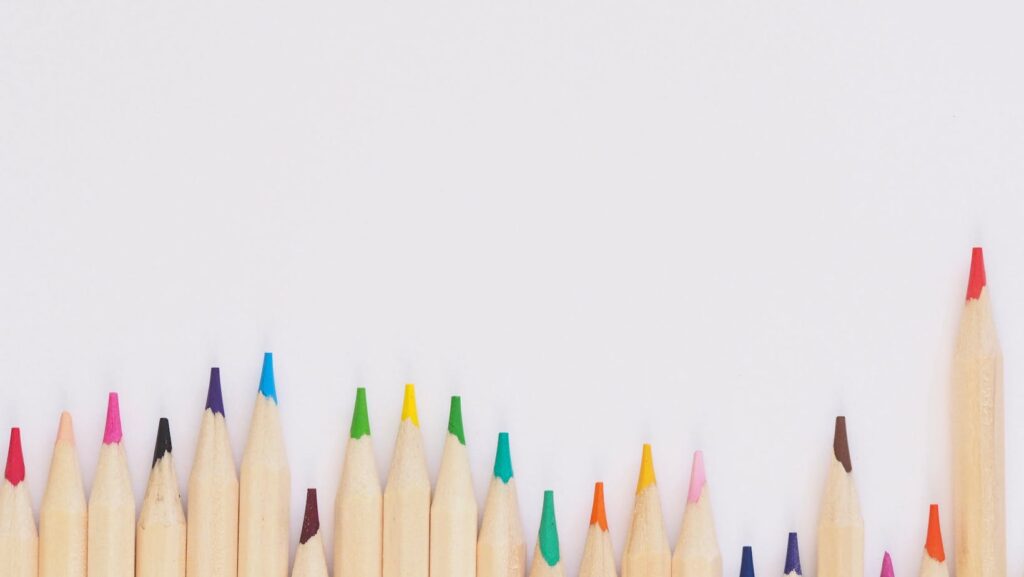
In the world of fashion, the influence of art could not be clearer. Designers from Coco Chanel to Alexander McQueen have incorporated artistic elements into their creations. The world renowned Yves Saint Laurent’s Mondrian dress, inspired by Piet Mondrian’s abstract art, is a direct embodiment that blurs the line between fashion and art.
Art in Everyday Items
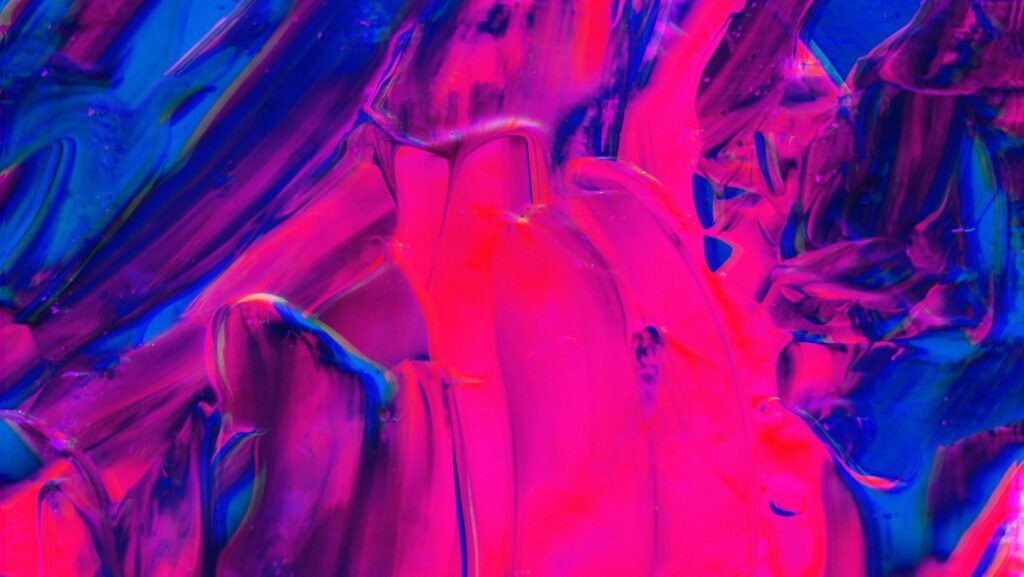
Beyond furniture and fashion, there are countless examples of practical items becoming works of art. One such example is designer timepieces. Brands like Patek Philippe and Audemars Piguet offer wristwatches that are stunning examples of scrip, art. Another example is the iconic Alessi teapot by Michael Graves, a masterpiece that seamlessly merges the practicality of making tea with the beauty of a sculpture.
In the digital realm, typography embraces an artistic approach that goes beyond mere words. A font can convey feelings, set moods, and tell stories— something that’s an ideal blend of visual art and functionality.
As we delve further, it’s clear that the influence of art on daily life continues to grow. While these examples provide a snapshot of how art blends with usability, this topic is vast and ever-evolving.
Importance of Artworks as Functional Objects
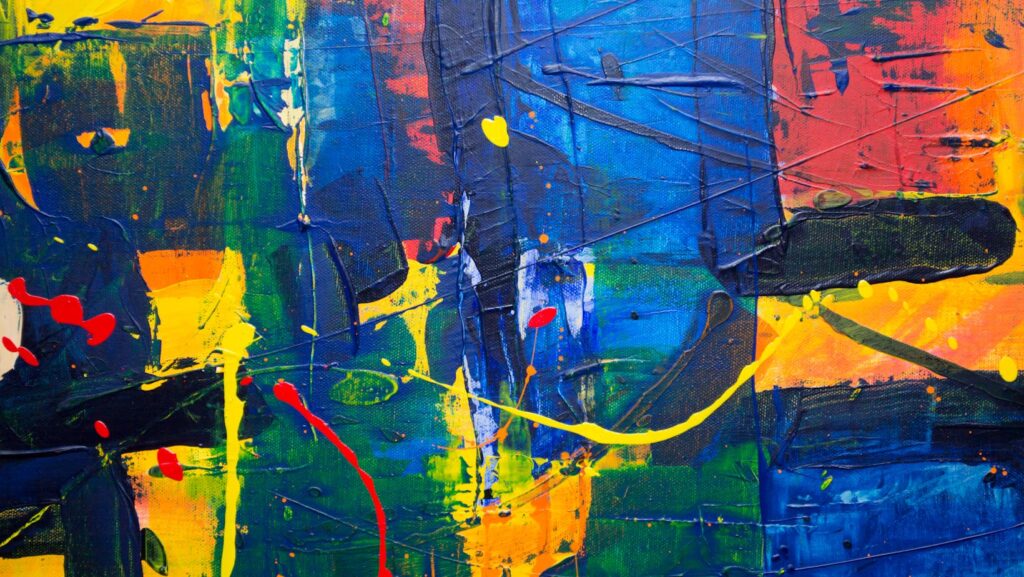
Art is ever-present in our lives, extending beyond galleries and museums. It embeds itself into everyday objects, enhancing their value exponentially, both in terms of aesthetics and functionality.
Utilitarian Functionality
Artworks aren’t just for show – they’re incredibly practical too. A designer vase, for instance, doesn’t just serve as a vessel for flowers. The aesthetic appeal enhances the piece, turning it into a centerpiece that sets the ambiance of a room. Similarly, consider a watch such as a Rolex – it’s more than a timepiece. The smooth mechanism, combined with its stunning design, elevates the wristwatch into a status symbol. The fusion of art and function transforms these ordinary objects into extraordinary ones. It’s all about offering more than just utility.
Aesthetics in Everyday Items
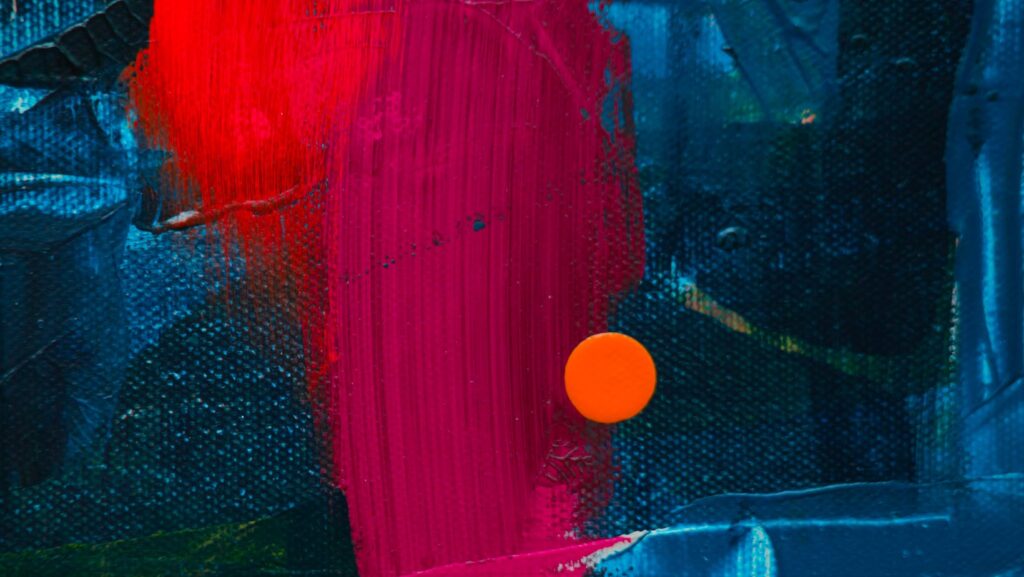
When art meets everyday items, it brings beauty to the mundane. A mix of ingenious design and functional utility often results in items with enhanced aesthetics. It’s not about just owning something – it’s about experiencing art in your day-to-day routine. For instance, take a peek at Dior’s printed scarves or the Mondrian dress by Yves Saint Laurent. These pieces aren’t just clothing – they display a level of artistic merit that goes beyond basic functionality. The fusion of fashion and art is symbiotic, each propelling the other to break boundaries and establish new norms.
Historical Significance

Many functional artworks bear historical significance, becoming tangible representations of a certain era. Case in point, the Barcelona Chair. Long considered a staple of modern design, this piece of furniture embodies the Bauhaus school’s principles, making it an iconic example of 20th-century art. These artifacts carry the essence of a specific period, offering a peek into the artistic inclinations of the time. Whether it’s a teapot or a chair, the history woven into these functional objects is monumental – another testament to the enduring legacy of art.
Art, in its varied forms, breathes life into otherwise quotidian objects. It’s all around us, and when we choose to make it part of our everyday lives, we enjoy an enhanced existence, filled with color, vibrancy, and the exquisite marriage of function and beauty.
Evolution of Art in Everyday Objects
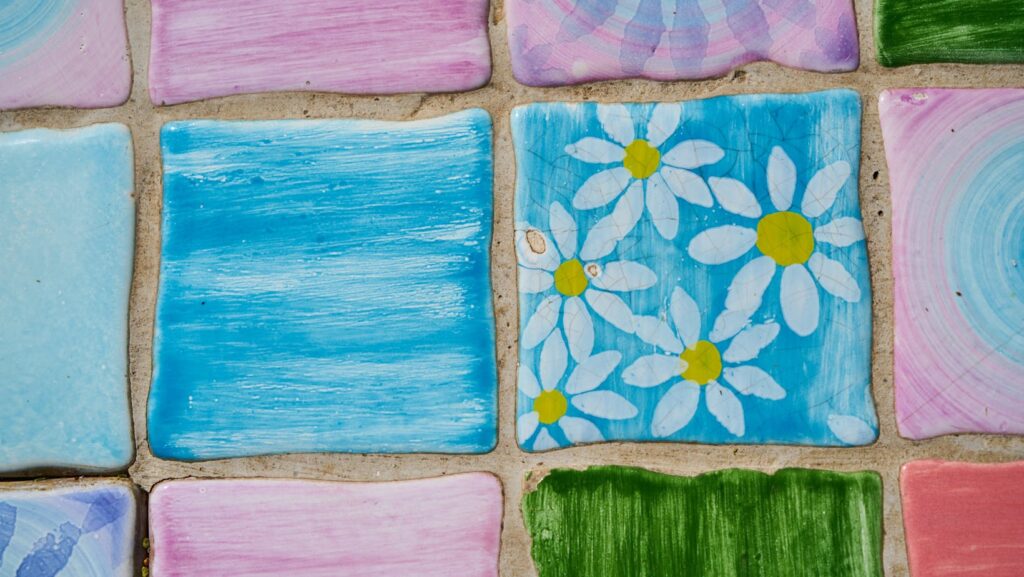
As the narrative of art in everyday objects unfolds, it’s essential to note the evolution from traditional to contemporary designs and the impact of cultural influences. This transformation is evident in diverse items ranging from fashion accessories to furniture.
Traditional vs. Contemporary Designs
In the early days, functional items primarily served practical purposes, with artistic inclinations often being secondary. The design mirrored the traditional aesthetics of the time, predominantly using natural materials and local resources. Instances can be found in the intricate carving of wooden furniture, or the weave patterns in hand-crafted baskets. While these items offered utility, they also told stories and embodied the craftmanship of their makers.
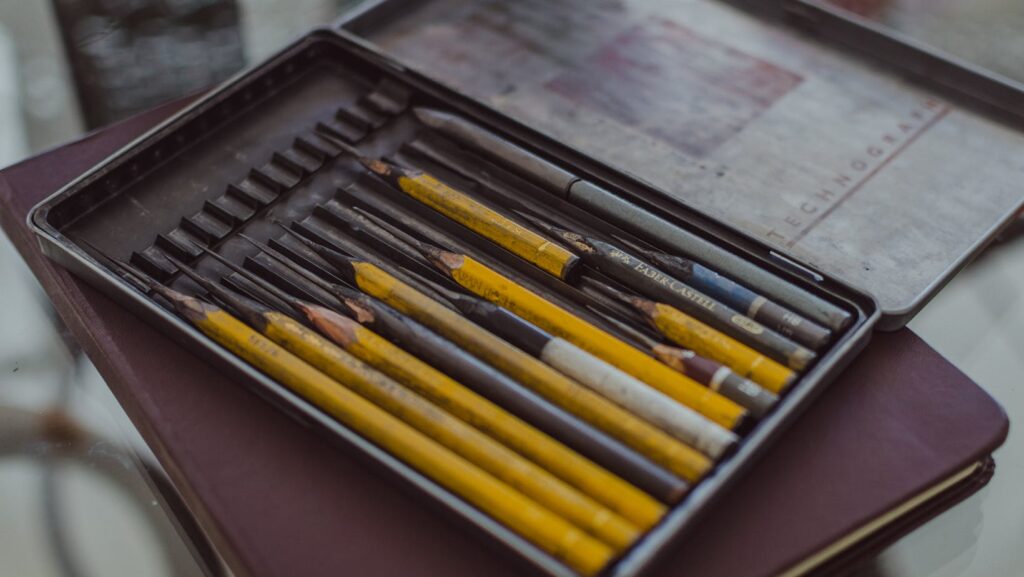
Shift gears to the contemporary sphere, and you’ll see a distinct transition. Modern day designs have blurred the lines between functionality and aesthetics. A luxury wristwatch does more than just tell time – it’s a fashion statement and a status symbol. A designer scarf transforms from a piece of clothing to a canvas showcasing vibrant art. Emphasis has shifted to not just what an item does, but also what it represents.
With technology’s emergence and advancement, 3D printing, computer-aided design (CAD), and other modern art techniques have further bridged the gap between function and form. They’ve revolutionized ordinary designs into extraordinary art pieces that transcend their utility.
Cultural Influences on Functional Art
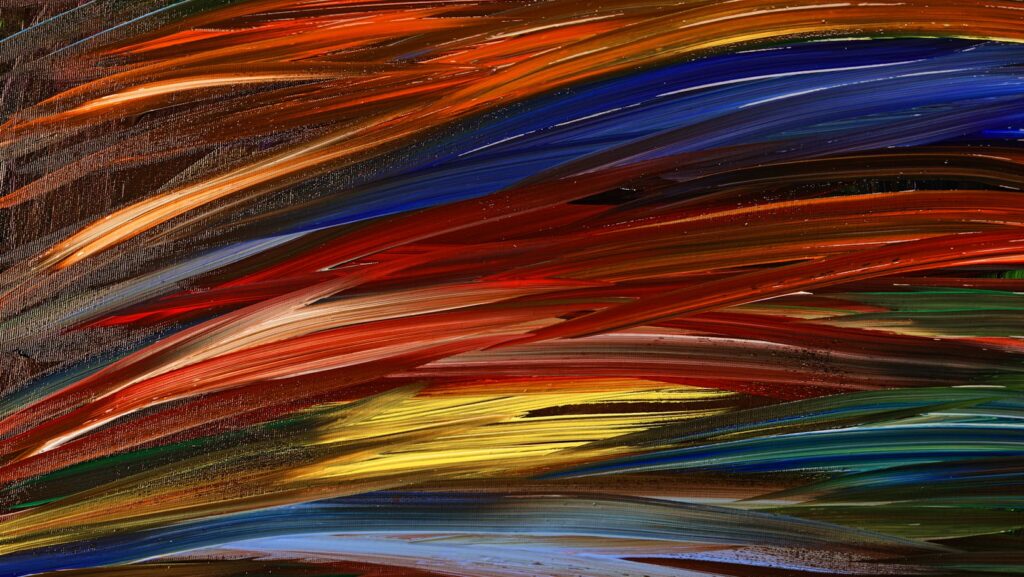
Another integral part of the story is the influence of cultural contexts on functional art. Culture shapes the way we perceive aesthetics, determining designs and trends.
For instance, minimalist Scandinavian design principles are seen in everything from furniture to stationery. Its essence lies in simplicity, functionality, and a harmonious blend of form and utility.
On the other extreme, you’ll find the rich, opulent aesthetics of Baroque-inspired designs. These showcase intricate detail, vivid colors, and grandeur in everyday objects like ornate mirrors or heavily embellished clothing.
Japanese Wabi-Sabi philosophy promotes acceptance of imperfection. It celebrates the beauty in the incomplete and the transient, valuing asymmetry, roughness, and natural progression. This philosophy influenced the development of Wabi-Sabi interior design, which embraces these principles by incorporating natural materials, muted colors, and understated elegance.
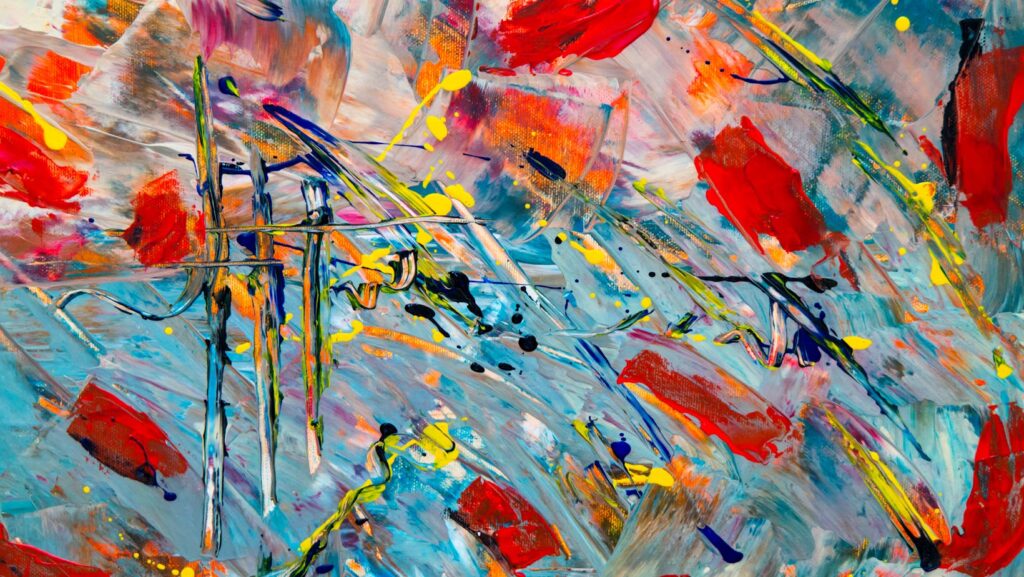
In essence, the cultural milieu shapes the narrative of functional art, weaving into the fabric of everyday objects a tapestry rich with symbolism, craftsmanship, and artistic value. Each artwork tells a story beyond its functional purpose, wonderfully illustrating the endless possibilities when art and functionality intertwine. Such synergies offer not just everyday convenience, but delightful visual experiences, adding depth and richness to everyday life.
As functional art continues to evolve, one can only anticipate the exciting artistic trajectories it’ll take on next. Whether it’s the aesthetic charm of a delicately designed tea set or the grandiose presence of a statement-making chandelier, each art-infused object is a testimony to the evolving role of art in everyday life and objects.
Impact of Artistic Elements on Daily Life
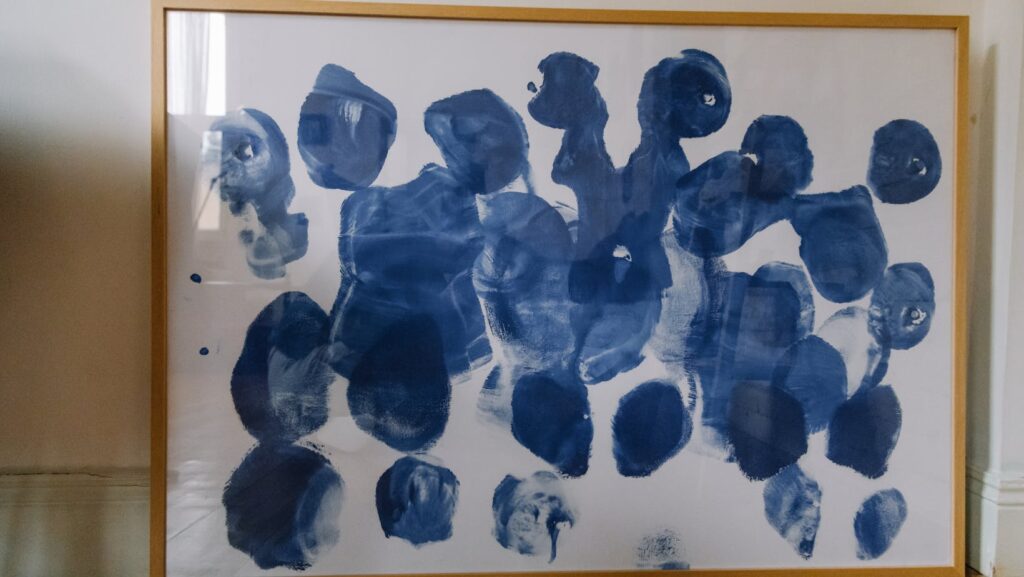
Integrating art into the fabric of our daily lives transcends the realm of mere aesthetics; it serves as a catalyst for profound transformations. When we infuse our everyday objects with artistic elements, we embark on a journey that extends beyond visual appeal, delving into the depths of our emotional and psychological landscapes.
Art possesses a unique ability to evoke emotions and stir the soul. Whether it’s the vibrant colors of a painting, the intricate designs of a sculpture, or the lyrical lines of calligraphy, each artistic element carries its own narrative, inviting us to immerse ourselves in its story. By incorporating these elements into objects we interact with regularly, we infuse our daily routines with moments of beauty and inspiration.

Moreover, art has the power to shape our perceptions and influence our mood. Studies have shown that exposure to art can evoke feelings of joy, tranquility, and even awe, thereby enhancing our overall sense of well-being. When surrounded by objects adorned with artistic flair, we create environments that uplift and energize us, fostering a sense of harmony and balance in our lives.
Furthermore, the act of incorporating art into our daily objects encourages mindfulness and intentionality. Whether it’s choosing a mug adorned with a serene landscape or a notebook embellished with intricate patterns, each selection becomes a conscious expression of our personal aesthetic and values. In this way, art becomes a reflection of our identity, enriching our everyday experiences with a sense of purpose and meaning.
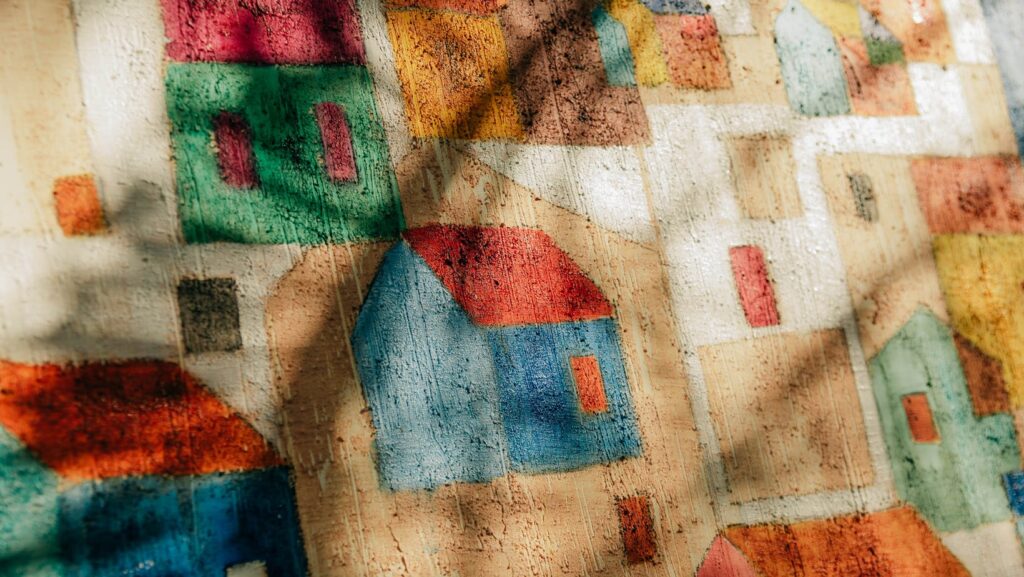
Beyond its individual impact, art also has the power to foster connections and build communities. By surrounding ourselves with objects that embody artistic expression, we create opportunities for dialogue and shared experiences. Whether it’s admiring a colleague’s unique desk ornament or striking up a conversation with a fellow commuter over a beautifully designed tote bag, art serves as a bridge that transcends barriers and fosters human connection.
In essence, incorporating art into our daily objects is not merely about embellishing our surroundings; it’s about embracing a way of life enriched by creativity, emotion, and connection. By infusing the mundane with moments of beauty and inspiration, we cultivate a deeper appreciation for the world around us, transforming our everyday experiences into moments of wonder and delight.
Emotional Connection to Artistic Objects
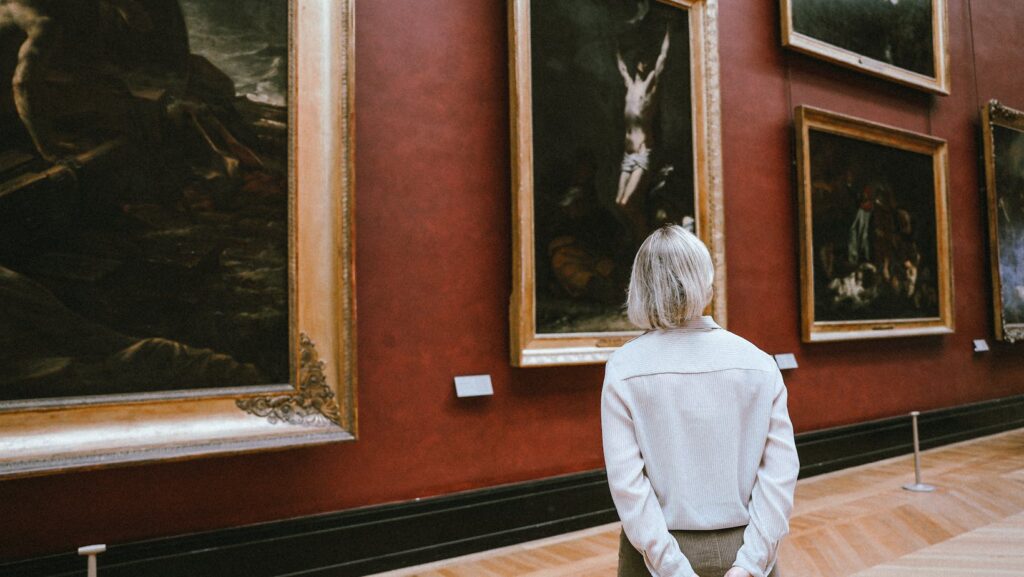
We often develop an emotional connection to objects that communicate a certain level of craftsmanship, uniqueness, and artistry. These pieces convey more than just their functional aspects: they imply personality, taste, and a story. An intricately carved dining table, for example, might evoke nostalgia for past family gatherings, while a beautifully crafted lamp could spark joy every time it’s turned on.
Such objects speak to our emotions because they embody the careful thought and creativity of the artisan, making them more than just items we use or observe daily. They become visual representations of the stories we wish to tell about ourselves and our experiences.
Psychological Effects of Surroundings
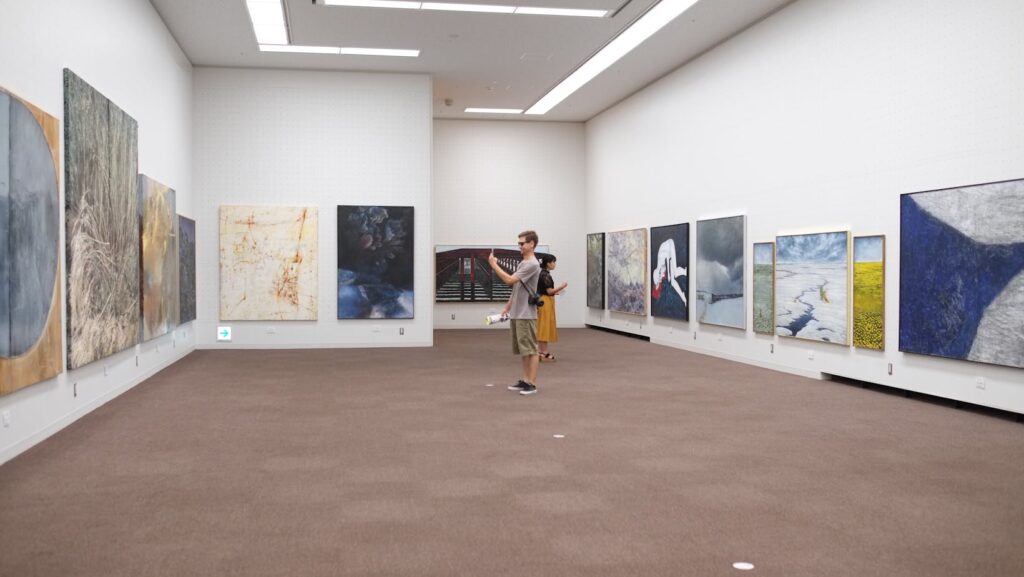
Our surroundings significantly impact our mood, thoughts, and behavior. That’s no surprise given the increasing emphasis on interior design and ergonomics in shaping our living and working environments. When our spaces are aesthetically pleasing and thoughtfully organized, it’s invariably reflected in our mental state.
Looking at beautiful, artistic elements stimulates our brains and can trigger a sense of happiness and comfort. It’s a bit like having a personal art gallery in your living room or office. Living and working among aesthetically pleasing objects can indeed have a calming effect, promote creativity, and heighten focus.
Art objects, however, are not just about creating inviting spaces. They can also serve as visual reminders of our values, personal interests, and cultural heritage. In this way, art in everyday objects might contribute to the definition of self-identity, anchor us to our roots, and provide comfort through familiarity.
The transformation of everyday objects through art isn’t just about surface changes. It reaches far into our emotional associations and environmental interactions, offering new layers of meaning and enrichment. The art of daily living is indeed an exploration of our identity and our aesthetic aspirations.
Must Know on Art in Everyday Objects
Art in everyday objects isn’t just about adding visual appeal. It’s a powerful tool that elevates our emotional connections and psychological experiences. By transforming functional items into artistic masterpieces, we’re able to evoke feelings of nostalgia and joy. Our surroundings, adorned with these artistic objects, greatly influence our mood and behavior, fostering happiness, comfort, and creativity. More than that, it’s a mirror of personal values and cultural heritage, bolstering self-identity and a sense of belonging. The impact of art in our daily life is profound, enriching our experiences and paving the way for aesthetic exploration. Embracing this transformation offers more than just surface changes—it provides a gateway to deeper emotional associations and environmental interactions. It’s clear that art in everyday objects is more than a need—it’s a lifestyle that enriches our daily experiences.

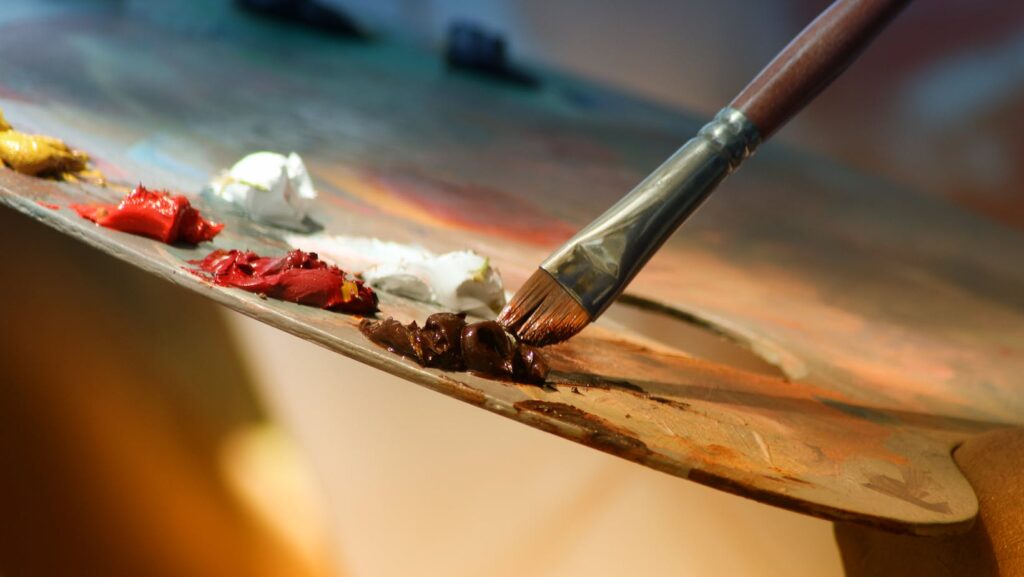
More Stories
Why Ferrari Is the Perfect Choice for Dubai Roads
Rectangle Tool Berfungsi Untuk…: A Comprehensive Guide to Functions & Applications in Digital Design
VivaMax Sub Indo: Bridging the Filipino-Indonesian Streaming Experience